Product
Kiwibank 3 Kiwibank Wardrobe
-
Pou Auaha / Creative Director
Tiffany Kong -
Pou Rautaki / Strategic Lead
Simon Hofmann
-
Ringatoi Matua / Design Director
Erica Beagley
-
Ngā Kaimahi / Team Members
Gemma Wong, Angela Lucas, Kiri Nathan, Jen Sievers Art, Standard Issue, Barkers Menswear Clothing, Little Yellow Bird, Booker Spalding

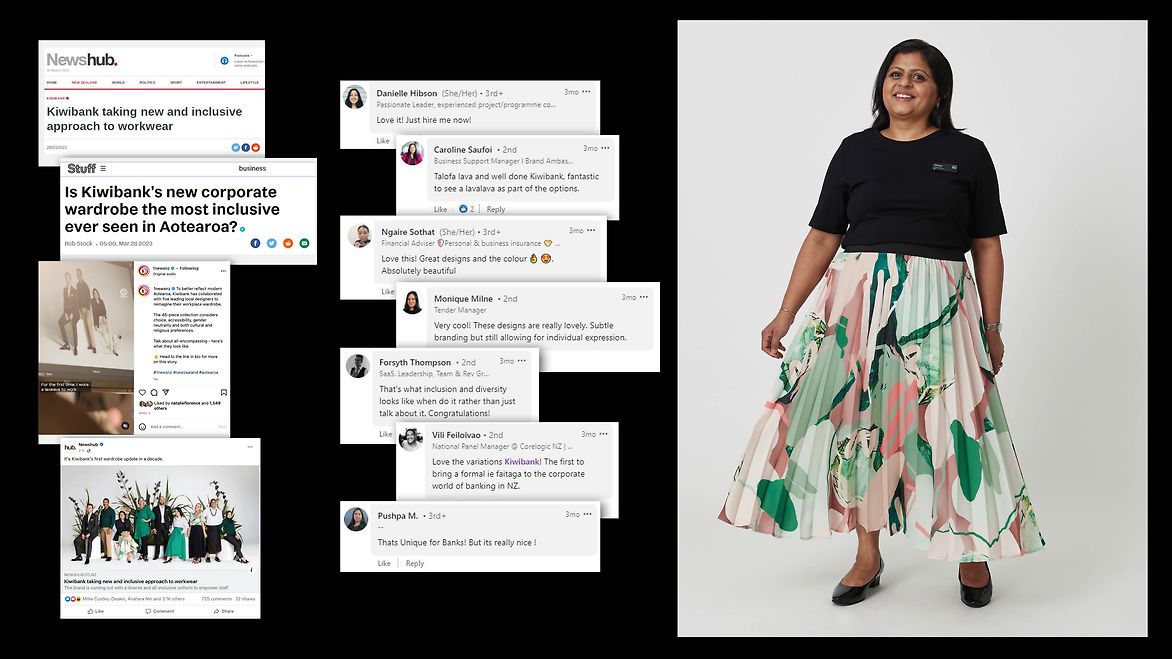
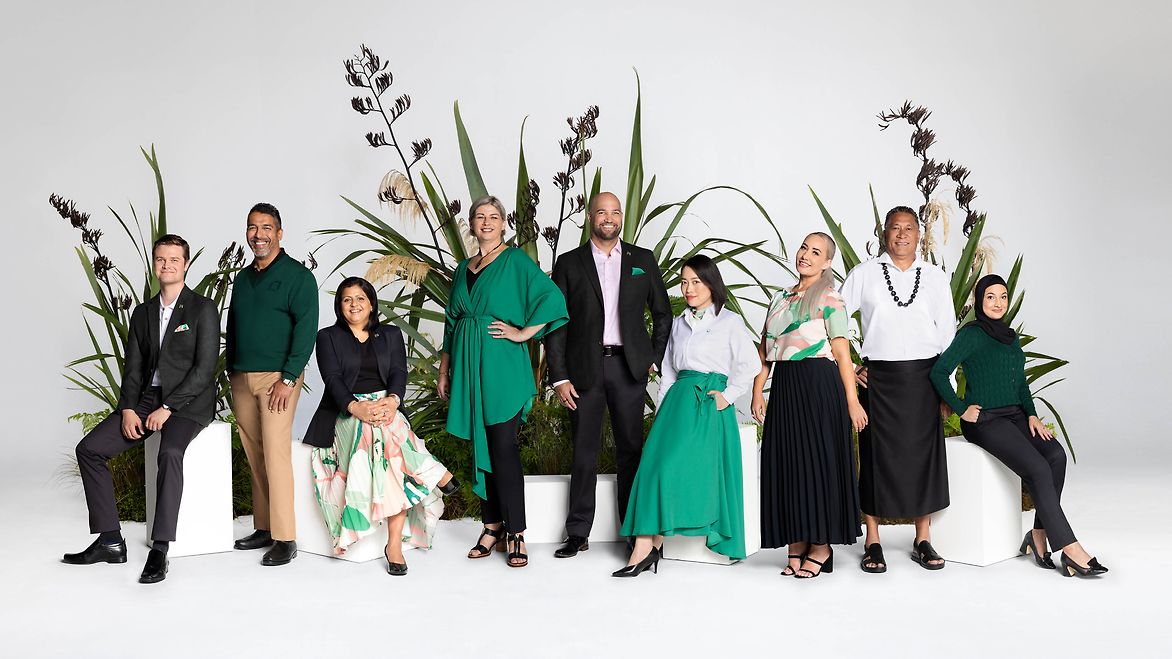
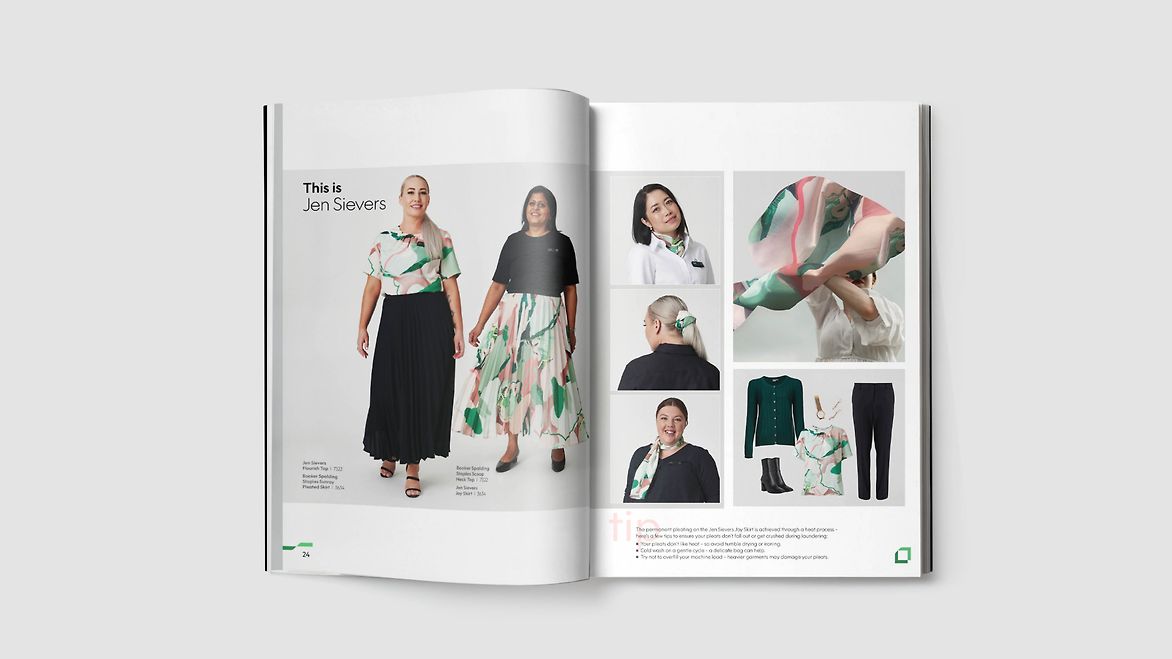
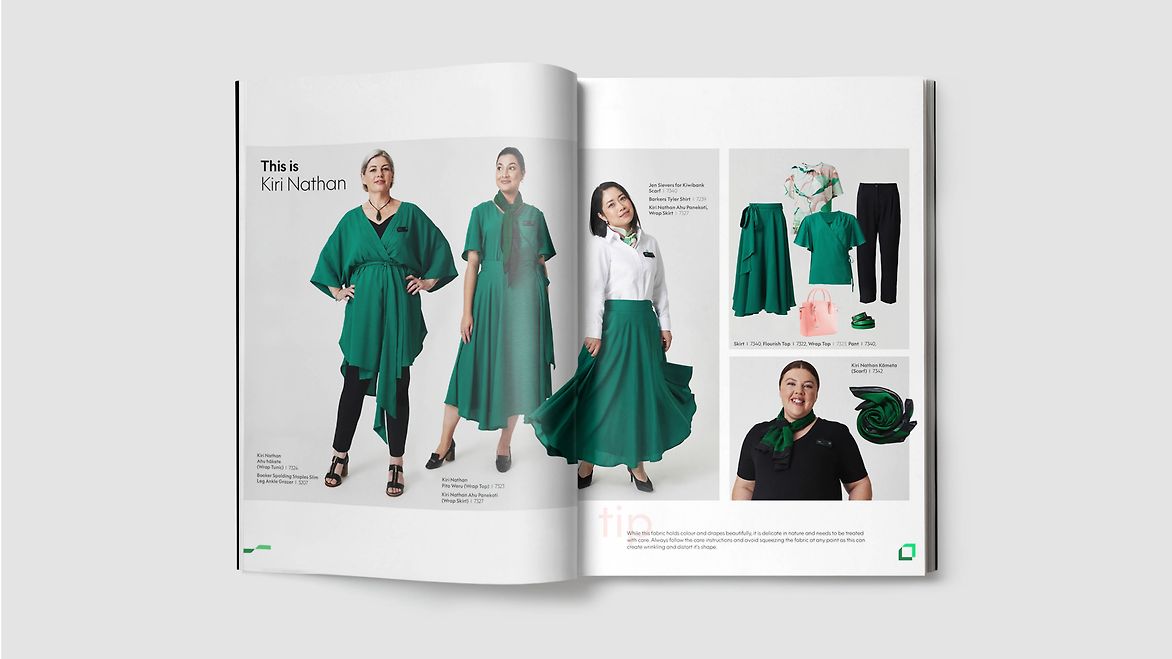
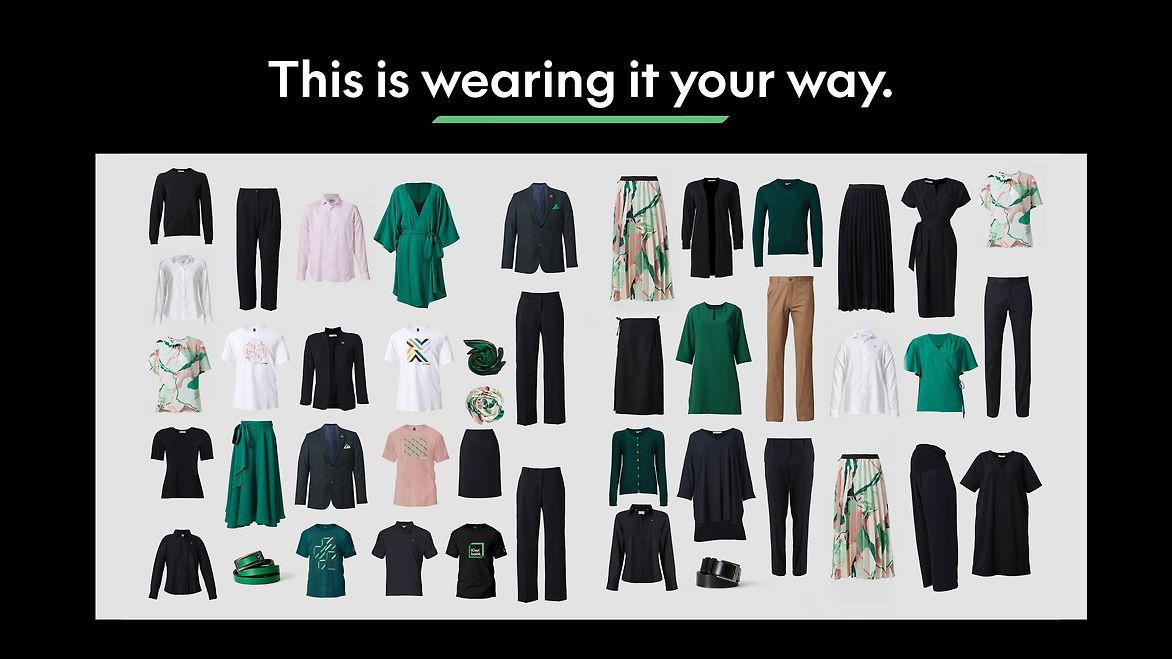
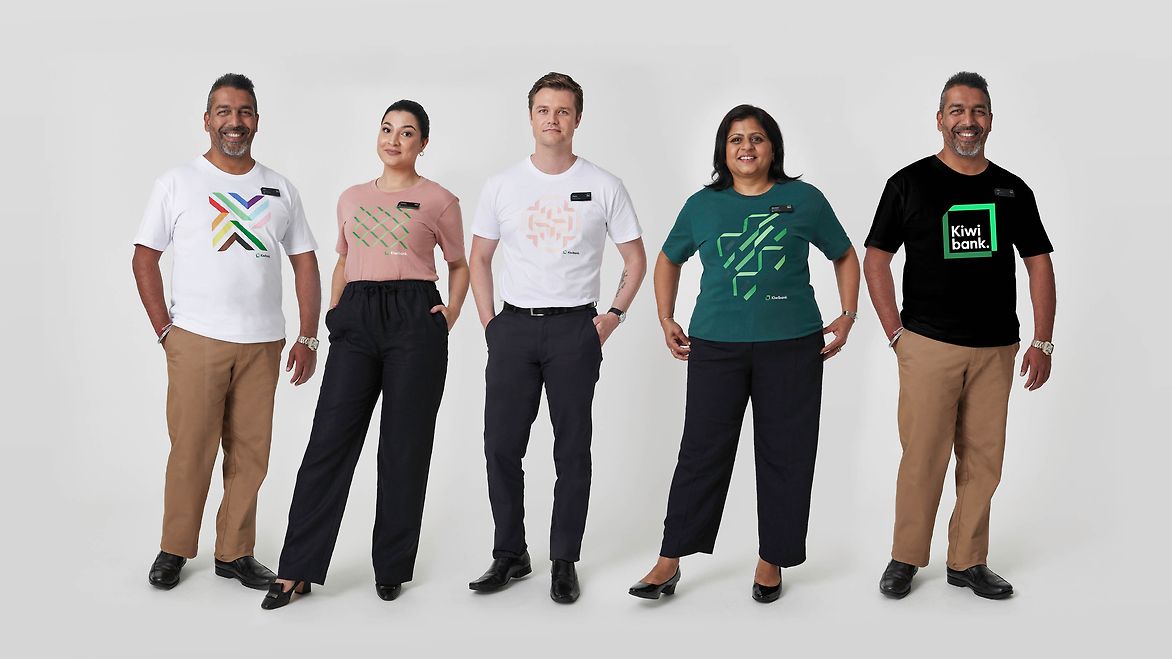
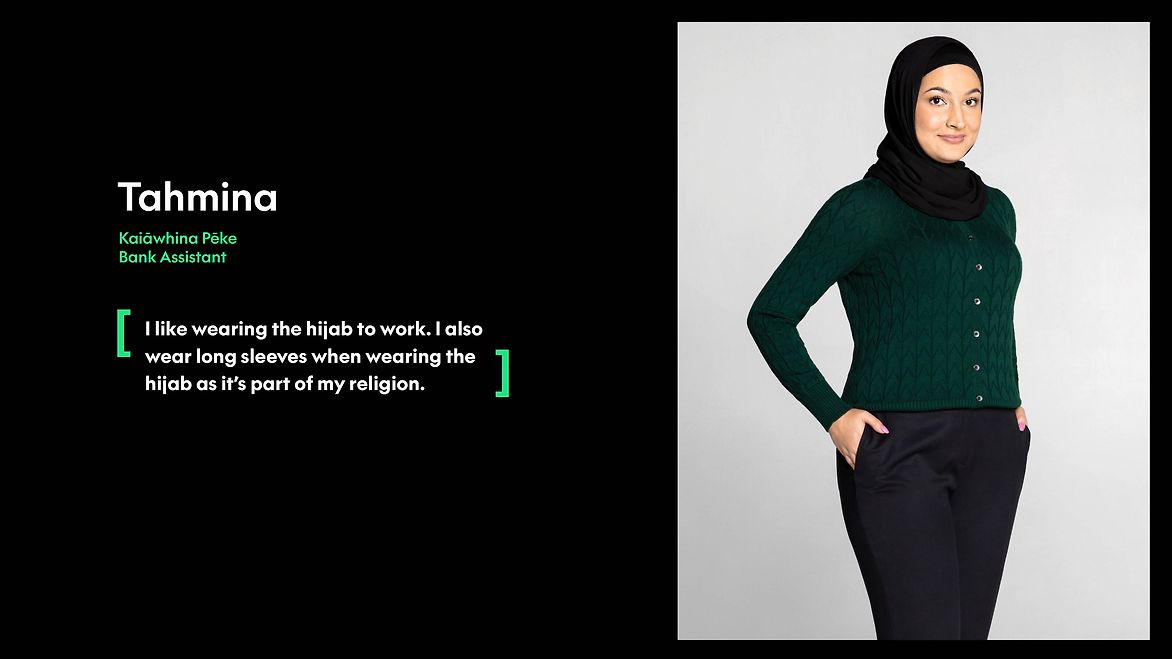
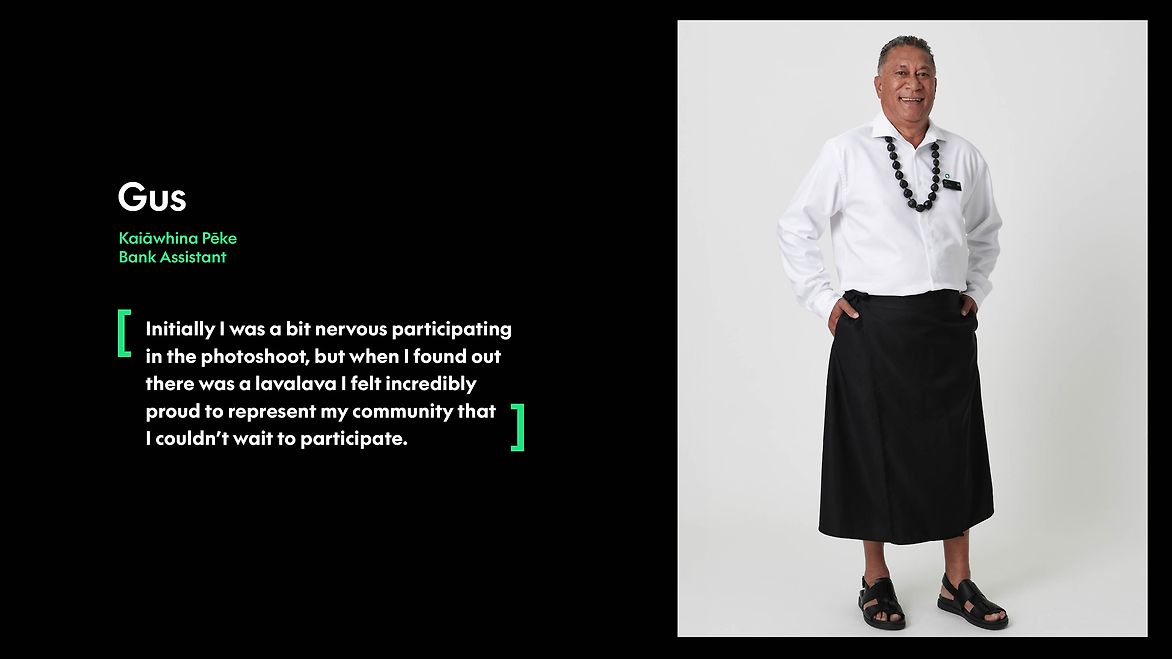
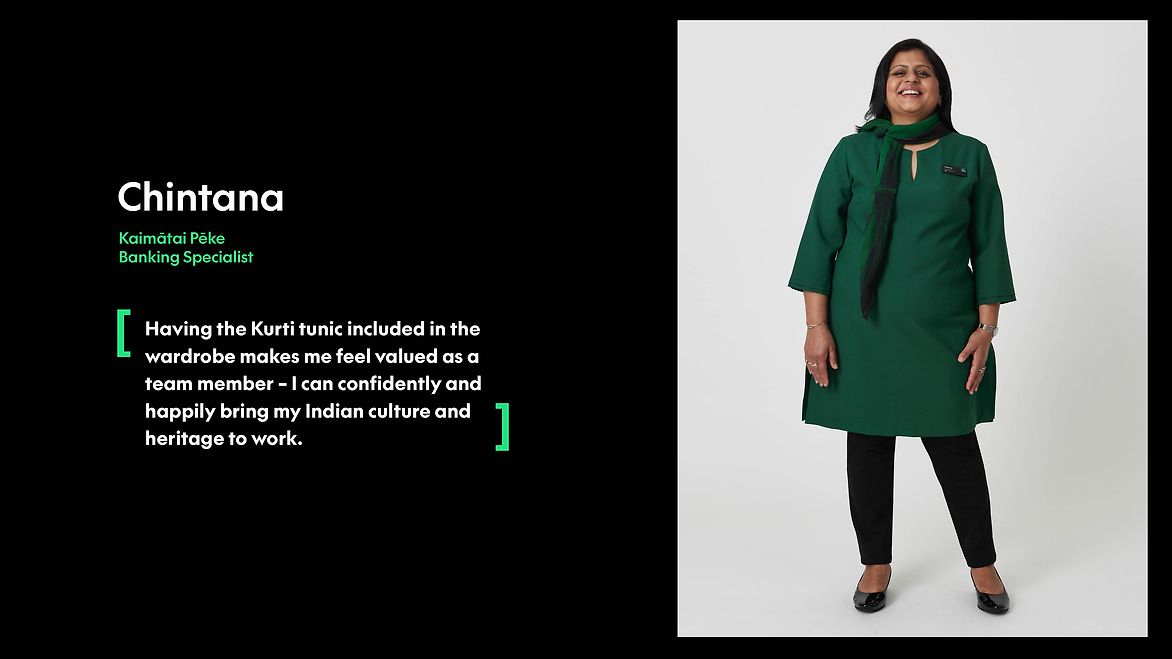
Description:
Workplace dress codes were first created to enforce discipline, conformity, and status. What’s deemed appropriate has changed over the past few decades and Kiwibank has led the charge into a new age of workwear, creating a modern, progressive and inclusive wardrobe that accurately reflects the diversity of Aotearoa today.
In March 2022, we surveyed our retail teams to get feedback on their current uniform:
• 59% felt neutral, or thought the offering needed improvement and,
• 46% felt “tired” when putting on their current uniform
We worked with six leading multidisciplinary New Zealand based suppliers to ensure diverse perspectives were recognised in our design process. These suppliers: Barkers, Jen Sievers, Kiri Nathan, Little Yellow Bird, Standard Issue and Booker Spalding share our commitment to improving the sustainability of their, and our, business decisions.
Launched as an initial 46-piece collection, the capsule considers all body types, choice, accessibility, gender neutrality, and cultural and religious preferences. Staff can pick and choose from the collection to build their own wardrobe.
Kiwibank is proud to be a B Corp certified organisation. As such we designed the wardrobe to balance form, function, and sustainability. Fashion has significant environmental and social impacts, so we took the following steps to ensure our wardrobe has a minimal impact:
• Reviewed our design partners against our Supplier Code of Conduct to set minimum standards that we expect all suppliers to comply with from environmental management to labour practices, all sustainability risks that are inherent in the fashion industry.
• Partnered with New Zealand based suppliers to support local industry and that align with our sustainability goals:
o Little Yellow Bird: GOTS-certified organic cotton, fully traceable back to farm and Fairtrade-certified manufacturing.
o Standard Issue:100% merino wool, garments are manufactured locally in Tāmaki Makaurau and use whole-garment engineering which eliminates waste.
o Kiri Nathan and Jen Sievers: use recycled polyester and are designed to have sizing flexibility to maximise product life span.
• Incorporate natural fibre options and are working to having at least 50% of our wardrobe made from natural fibres, that have a lower environmental impact during manufacturing and are easier to recycle at the end of their life.
• Existing uniform items can be worn with the new wardrobe items until they see through their lifespan, using a phase out approach.
• Partnered with Upparel for the end of life of our wardrobe. Garments are reused, donated or when they have no life left Upparel has a textile recovery process to ensure that no fabric goes to landfill.
• Staff can trade garments with each other instead of purchasing new items.
• All supplier sustainability claims were assessed to ensure they are genuine and had to be supported by an appropriate, credible certification for us to consider it as a demonstration of the sustainability credentials of that supplier.
• Worked with an independent sustainability consultant with expertise in the fashion industry to review our approach and provide recommendations where necessary.
• Continuous improvement with our suppliers to understand and improve the impact of our wardrobe supply chain.
Judge's comments:
The judges praised a whole product ecosystem approach to sustainable product design that resulted in diverse and inclusive system of clothing garments. The design transcends what could be considered uniform by suiting a ride range of what people could consider everyday fashion. Sustainable product design approached from the angle of keying into kiwi bank employees’ cultural preferences to ensure they love, look after, and feel empowered over their appearance at work.